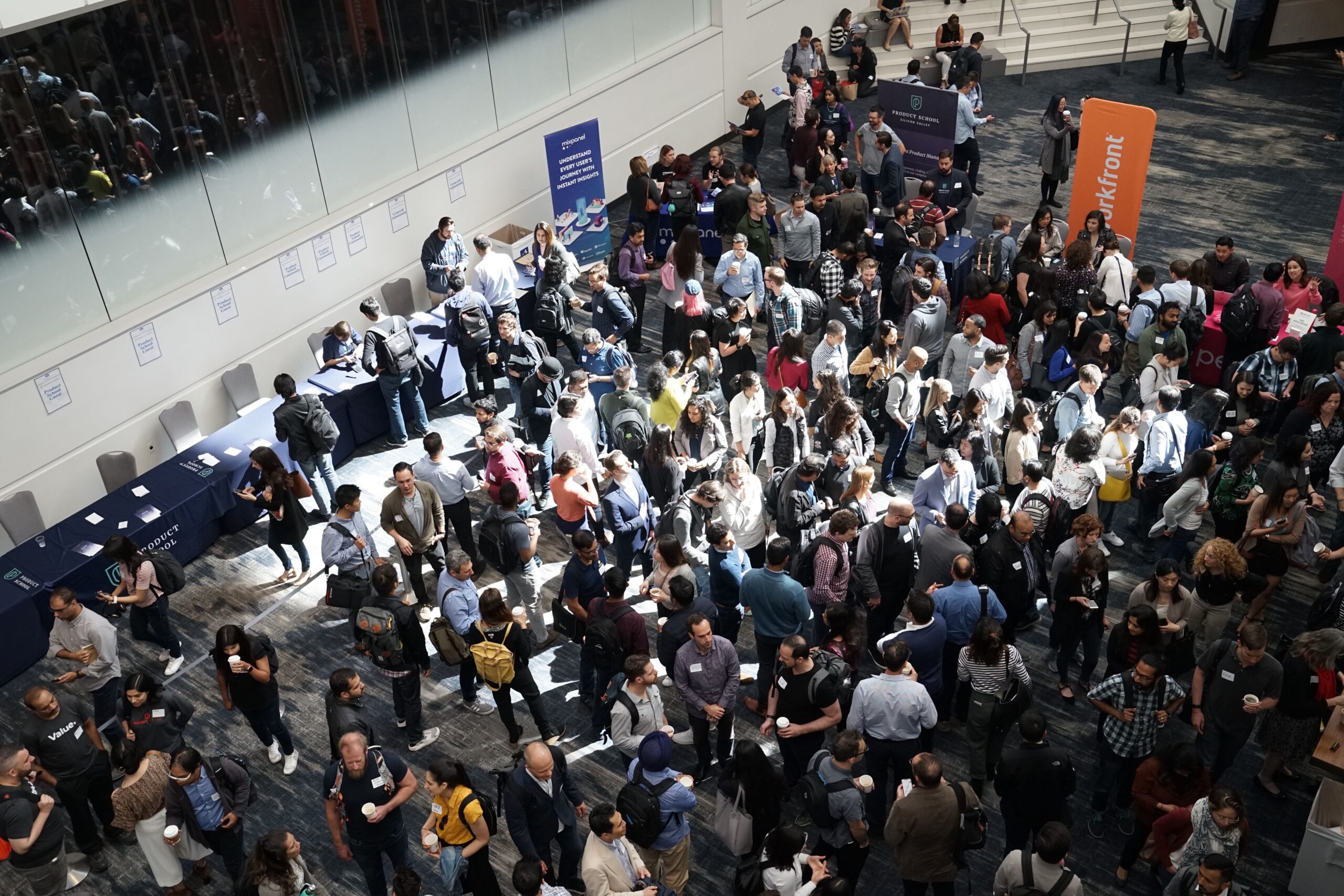Standing out in the events crowd – StartupSmart
To some budding entrepreneurs, the small business trade show sector conjures up the image of drafty exhibition halls full of bored looking delegates being handed leaflets by company flaks manning drab-looking stands.
However, a new breed of events is emerging that can prove invaluable to anyone looking to launch, get funding or just merely plug their new business.
As with many start-up trends, the US, home of initiatives such as TechCrunch Disrupt, is already streets ahead of Australia, although innovations such as Startup Weekend have begun to find their way Down Under.
Attitude shift
According to Rachel Slattery, director of Slattery IT, which organises the home-grown Tech23 event, it’s the attitude of Australian start-ups at gatherings, rather than the trade show itself, which needs to shift.
“The first time I went to Silicon Valley, I couldn’t believe how shy I felt,” she says. “The Americans give out so much when they meet you. They are in constant sale mode.”
“Australian entrepreneurs are a bit more shy, almost introverted. They don’t want to big note themselves, but they really need to get up and flaunt themselves at these events.”
“Australians are very good at innovation but aren’t always at their best in an event environment. They end up speaking to ‘go-betweens’ a lot of the time, rather than the actual investors and customers they need to get in front of.”
Slattery says that she organises Tech23 with the aim of getting around the “Chinese whispers” that warp start-ups into thinking that all investors look and act the same way.
The event works by offering cash prizes of between $25,000 and $50,000 to start-ups who get five minutes to pitch to a panel of investors. It regularly attracts 400 applicants.
Getting the conversation flowing
Slattery says that Tech23, along with other pitch-focused events such as Innovation Bay’s Angel Dinners, give new ventures the chance to get vital feedback.
“The frustration for many businesses is that they can’t get feedback from their customers or investors,” she says. “I don’t think young companies do as well as the big end of town at this.”
“You just hope that the applicants don’t expect to do a pitch for three minutes and walk away with a cheque. It can take a year or two to close a large funding round but sometimes young companies think it’s much easier than that.”
“There was one company that thought they’d turn up and corner John Dyson (co-founder of VC firm Starfish) and get funding out of him the following week. They did get $5 million, but it took three years.”
“You’ve got to keep the conversation going and even if they can’t fund you, they can point you in the right direction.”
Slattery says that she sees common errors in the way some start-up approach the event.
“You need to keep it simple and convey it succinctly to customers,” she says. “A lot of new companies don’t do this.”
“I’m also surprised at the number of people who say to me ‘can I have so and so’s email address?’ after an event. You may as well be emailing them cold from their website. If you’re at an event, go up and approach them yourself.”
Don’t be cow-ed
A start-up that has extracted value from events is Heard Systems, which has come up with a new device for diagnosing pregnancies in cows.
Despite (or perhaps because of) the rather niche area of the business, Heard has managed to use trade shows as a valuable springboard, despite not officially launching its product until later this year.
Ed Catherwood, CEO of Heard, says that the $2,000 he spent on a model of the pregnancy testing device was “the best money I ever spent”.
“It’s lucky in a way that we have a tangible, physical product,” he says. “People can see how it works and it provides humour in a way.”
“Events have been a good profile raising exercise for us. We already have a cornerstone venture capital investor in place, but events helped get other angels on board.”
“We were in talks with one who turned up to an event to see me showcase the product. It provided confidence to the angel that the CEO, me, could get up and sell it. That’s what they invest in after all – a story.”
So what’s the secret to plugging your product or service at an event? Despite all the high-tech presentation options now available to start-ups, Catherwood recommends good old-fashioned salespersonship.
“Consider your target message and get the right message across to them,” he advises. “Use props and humour so that they’ll remember you and not all of the other businesses presenting to them that day.”
“Don’t be afraid to engage your audience with questions. Be memorable. A lot of people make the mistake of talking endlessly about the features of the product. The customers don’t really care about all of the product details – they care about what’s important to them.”
Heard not only does the Australian circuit, it has also trekked to the Euro Tier event in Germany and the World Diary Expo in Wisconsin, US.

